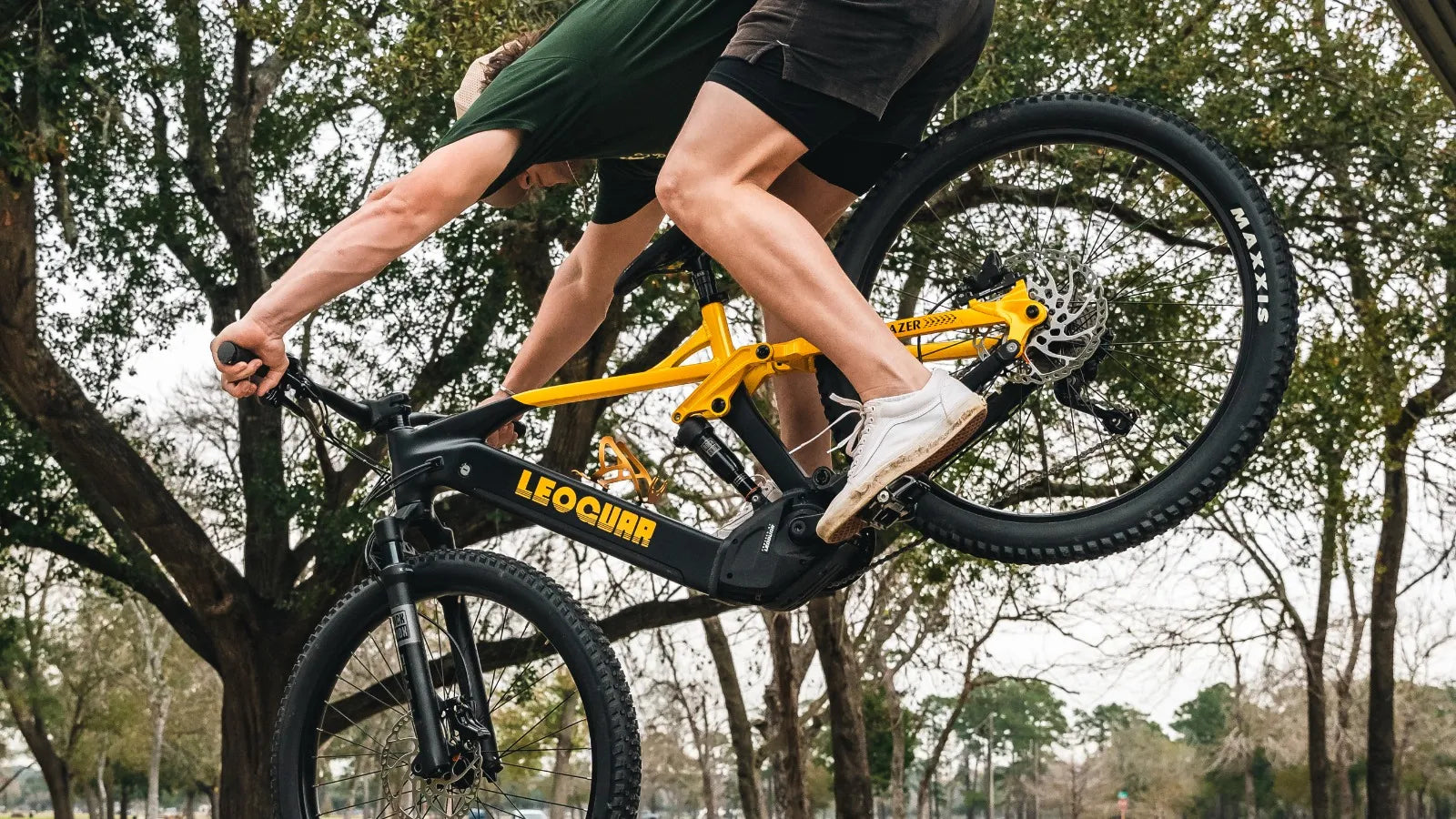
Off Road Electric Mountain Bike vs. Dirt Bike: Range & Speed Breakdown
You've entered the exciting world of off-road riding. But now you face an important choice: the raw power of an off road electric dirt bike or the nimble skill of an off road electric mountain bike (eMTB).
The difference is huge. Think of an electric dirt bike as a motorcycle that evolved-it's built around a strong motor and a throttle for pure speed. An electric mountain bike is different. It's a bicycle at heart, but with a motor that helps when you pedal. This guide will explain their differences in speed, range, how they handle terrain, and what's legal so you can pick the right machine for your needs.
Key Differences at a Glance
Let's start with a quick look. Seeing the main differences side-by-side helps riders understand the choice they're making. This table shows what makes each machine special.
| Feature | Off Road Electric Dirt Bike | Off Road Electric Mountain Bike (eMTB) |
|---|---|---|
| Primary Use | Thrill rides, motocross tracks, private OHV areas | Trail riding, exploration, exercise, singletrack |
| Power Delivery | Throttle-only (twist-and-go like a motorcycle) | Pedal-Assist (motor aids your pedaling), some have throttles |
| Typical Top Speed | 45-70+ mph (72-112+ km/h) | 20-28 mph (32-45 km/h) on motor assist |
| Typical Weight | Heavier (120-250+ lbs / 55-113+ kg) | Lighter (45-65 lbs / 20-30 kg) |
| Legal Status | Often an off-road or motor vehicle (requires registration) | Often a bicycle (Class 1, 2, or 3), wider trail access |
| Riding Experience | Quiet, high-torque motorcycle feel | Enhanced, superhuman bicycle feel |
Power, Speed, and Acceleration
The biggest difference is how these machines make and deliver power. This affects their speed, how fast they accelerate, and what riding feels like.
Dirt Bike Power: Throttle
An electric dirt bike is built around a huge motor. These machines have powerful motors that range from 3,000W to over 15,000W. Power comes only through a throttle, just like a gas motorcycle. When you twist your wrist, you get instant, often violent force that gives amazing acceleration.
This isn't help-it's pure power. Top models show this incredible ability. For example, the Stark VARG can deliver over 60kW (around 80 horsepower), creating a truly amazing high-performance e-moto experience. These bikes often reach top speeds of 50 to 70 mph (80-112 km/h) or more, making them perfect for motocross tracks and open desert riding.
eMTB Power: Pedal-Assist
The heart of an electric mountain bike is how it works with the rider. The motor is designed to boost your pedaling, not replace it. These motors are legally limited in power, usually from 250W to 750W. The main technology is the Pedal-Assist System (PAS). Sensors detect when and how hard you're pedaling, and the motor gives a matching boost.
In the United States, eMTBs are put into classes:
- Class 1: Pedal-assist only, up to 20 mph.
- Class 2: Includes a throttle, but assist is still capped at 20 mph.
- Class 3: Pedal-assist only, up to 28 mph.
While some eMTBs have a throttle, they're mainly designed for pedaling. The feeling is less like a motorcycle and more like having the legs of a pro cyclist.
- Electric Dirt Bike Feel: An instant, silent burst of power that pushes you back.
- eMTB Feel: A smooth, natural surge that makes climbs feel easier and rides feel longer.
Range, Battery, and Charging
For any electric vehicle, the question "how far can it go?" is very important. But the answer is measured very differently for these two types.
Battery Capacity vs. Weight
To power their strong motors, electric dirt bikes need huge battery packs. It's common to see sizes from 2,000Wh to over 4,000Wh. This large battery is needed for high power output, but it adds a lot of weight. This weight directly affects how the bike handles and moves. eMTB batteries are designed to balance range and weight. With sizes usually between 400Wh and 900Wh, these power packs are much lighter. They're often smoothly built into the downtube of the frame, keeping the bike's center of gravity and quick feel.
Understanding Real-World Range
Here's an important difference: we measure e-dirt bike time in hours, not miles. Hard, throttle-heavy riding on a motocross track might drain a battery in 1 to 3 hours. The constant need for high power means range changes a lot. eMTB range is almost always measured in miles or kilometers. A typical battery can provide 30 to 70 miles (50-110 km) of assisted riding.
This range depends on the assist level you choose, how steep the terrain is, rider weight, and how much effort you put in through pedaling. The technology in modern e-mountain bikes keeps getting better, pushing these range numbers even higher.
Charging and Swappable Batteries
The large batteries in electric dirt bikes naturally take longer to charge, often several hours. To fight this downtime, many high-performance models have swappable batteries. This is a game-changer for track days or long weekends, letting a rider pop in a fresh battery and get back out in minutes. eMTBs have a clear advantage in charging ease. Their smaller batteries charge much faster, and on most models, the battery can be easily removed with a key. This lets you bring it inside your home or office to charge, rather than needing to park the whole bike near an outlet.
Design, Suspension, and Terrain
The physical build of each machine is made for its intended use, from the frame's shape to the size of the brake rotors.
Frame: Strength vs. Agility
An off road electric dirt bike is built with a motorcycle-first approach. Its frame is heavy, overbuilt, and made from steel or aluminum to handle the huge forces of high-speed impacts and large jumps. The shape focuses on stability at speed over low-speed handling. An off road electric mountain bike frame, while strengthened to handle extra weight and force, is basically derived from a non-electric mountain bike. It's lighter and uses shapes focused on pedaling efficiency and quick handling on tight, technical singletrack.
Suspension: Big Hits vs. Trail
Suspension is a story of two extremes. E-dirt bikes have long-travel suspension, usually 200mm or more, front and rear. This is motorcycle-grade hardware designed to absorb huge impacts from jumps and bumps on a motocross course without problems.
eMTBs use suspension with less travel, generally in the 140mm to 180mm range. This setup is made for keeping traction and control over rocks and roots while staying efficient enough for pedaling up climbs. It's about trail sensitivity, not just absorbing the biggest possible hit.
- E-Dirt Bike Suspension: Focuses on high-speed stability and absorbing large, repeated impacts on dedicated tracks.
- eMTB Suspension: Focuses on balanced handling, traction on technical climbs, and control on descents.
Wheels, Tires, and Brakes
The parts follow the same pattern. Electric dirt bikes use strong, motorcycle-spec wheels and heavy-duty knobby tires designed to resist punctures and provide grip under intense acceleration. eMTBs use lighter bicycle-specific wheels and tires that balance grip, rolling resistance, and weight. Both use powerful hydraulic disc brakes, but an e-dirt bike's system is stronger. It has larger-diameter rotors and bigger calipers to handle the huge heat created when slowing down a heavier machine from higher speeds.
Which is Right for You?
Let's move beyond specs and put you in the rider's seat. Which of these scenarios sounds like your ideal day on the dirt?
Choose the Electric Dirt Bike
You should lean towards an off road electric dirt bike if you identify with these motivations:
You're an Adrenaline Junkie: You crave the gut-punch of instant acceleration and the thrill of hitting jumps and berms at speed. Your ideal location is a private motocross track or a designated OHV park. The experience is about the silent, violent push that pins you to the seat.
- You Have a Motocross Background: You're already comfortable with the weight, handling, and throttle control of a motorcycle. You're looking for a quieter, lower-maintenance alternative to your gas bike that you can ride in more places without noise complaints.
- You Don't Plan to Pedal: The goal is pure, motorized fun. You see the machine as a vehicle for thrills, not a tool for exercise.
Choose the Electric Mountain Bike
An off road electric mountain bike is your perfect match if this sounds more like you:
You're a Trail Explorer: Your passion is discovering what's over the next hill. You want to ride deep into the forest, reach scenic vistas, and cover more ground than you could on a traditional bike. The goal is the journey and the destination.
- You Ride in Shared-Use Areas: You plan to ride on trails open to non-motorized bicycles. You want to join group rides with friends on acoustic mountain bikes and need a machine that is legally welcome on the same singletrack.
- You Value Versatility and Fitness: You want a workout, but with a boost. You love the feeling of conquering a steep, technical climb that was previously impossible, feeling superhuman as the motor seamlessly adds to your power.
It's about fitness and fun, combined.
Legal and Trail Access
This is arguably the most important, and most overlooked, factor. Where you can legally ride will ultimately determine which bike is right for you.
Dirt Bikes as OHVs
In nearly all places, an off road electric dirt bike is classified as a motorcycle or Off-Highway Vehicle (OHV). This means it is not legal on bicycle paths, multi-use trails, or nearly all mountain bike trail systems.
You are generally restricted to:
- Private property (with permission).
- Designated OHV parks and riding areas.
- Motocross tracks.
You may also need to register your vehicle and put on a license plate or sticker, just as you would with a gas-powered dirt bike. The upside is their quiet operation is opening doors in some areas sensitive to noise.
eMTBs as Bicycles
The greatest advantage of an eMTB is trail access. Because they are most often legally classified as bicycles, they are permitted on a vast network of trails where dirt bikes are forbidden. The Class 1, 2, and 3 system helps land managers regulate access. While rules vary, a Class 1 eMTB (pedal-assist only, 20 mph max) is welcome on the majority of non-motorized trails that allow mountain bikes. Always check local regulations, as some areas may have specific restrictions, but your riding opportunities will be exponentially greater.

Final Verdict: Your Mission
The choice between an off road electric dirt bike and an off road electric mountain bike is not about which is "better," but which is built for your personal mission. One is a silent motorcycle, designed for high-speed thrills in designated areas. The other is a supercharged bicycle, built for exploration, fitness, and access to a world of trails. By considering where you want to ride, how you want to ride, and what experience you're chasing, you can confidently choose the electric machine that will unlock your perfect off-road adventure.
Frequently Asked Questions
1. Q: Can I ride an electric dirt bike on mountain bike trails?
A: No, electric dirt bikes are classified as motorcycles or OHVs in most places and are not allowed on mountain bike trails. They're restricted to private property, designated OHV parks, and motocross tracks.
2. Q: How long does it take to charge an electric mountain bike battery?
A: Most eMTB batteries take 3-6 hours to fully charge. The smaller battery size compared to dirt bikes means faster charging times, and you can usually remove the battery to charge it indoors.
3. Q: Do I need a license to ride an electric dirt bike?
A: It depends on your location and where you ride. For private property and designated OHV areas, you typically don't need a license, but you may need to register the vehicle. Always check local laws.
4. Q: Which type of bike is better for beginners?
A: Electric mountain bikes are generally better for beginners because they're lighter, easier to handle, and the pedal-assist system provides more control than the instant throttle power of dirt bikes.
5. Q: Can electric mountain bikes keep up with regular mountain bikes on trails?
A: Yes, eMTBs can easily keep up with regular mountain bikes, especially on climbs where the motor assist really shines. Many eMTB riders find they can ride longer distances and tackle more challenging terrain than on regular bikes.





























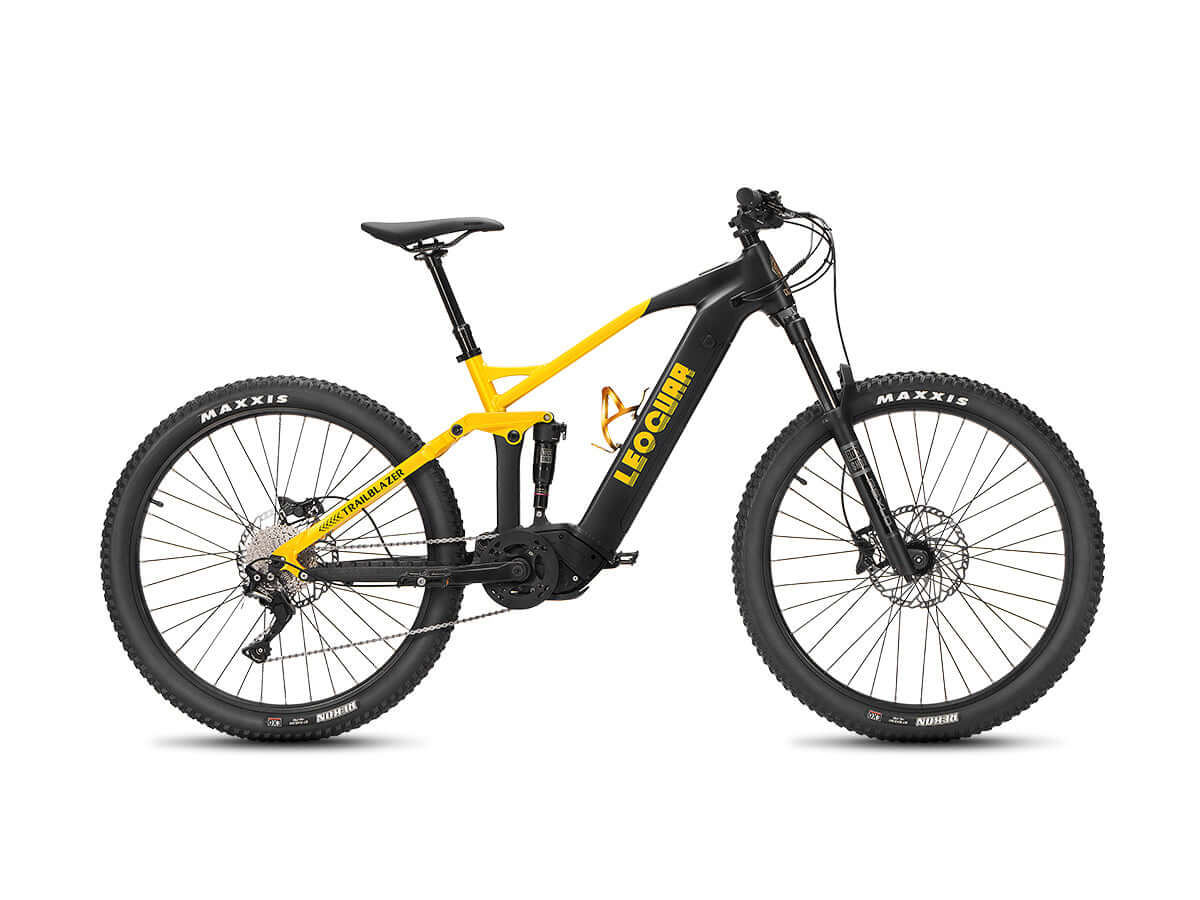
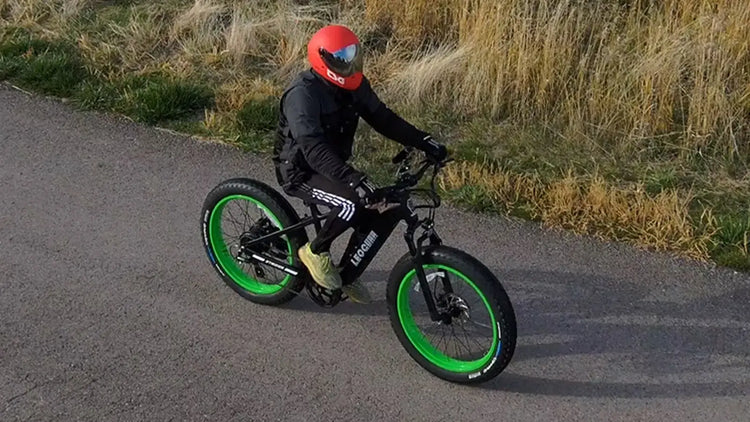
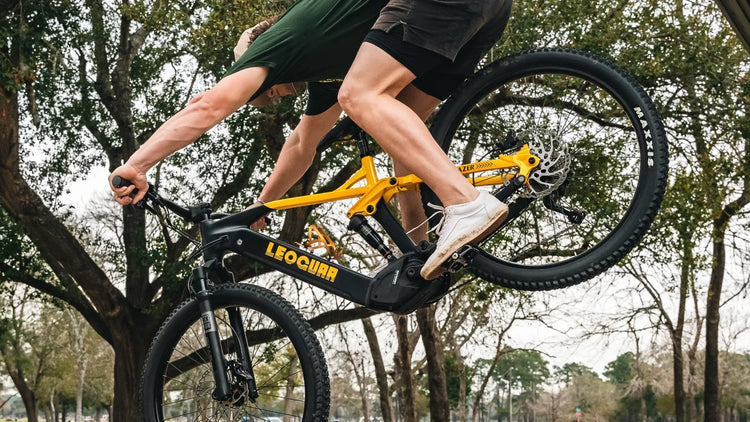
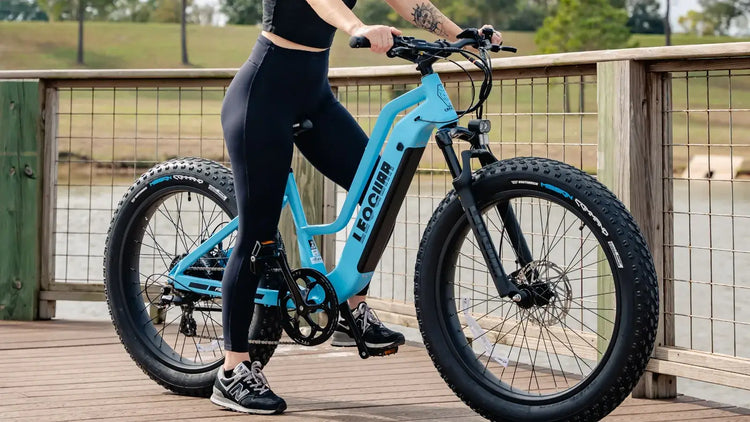
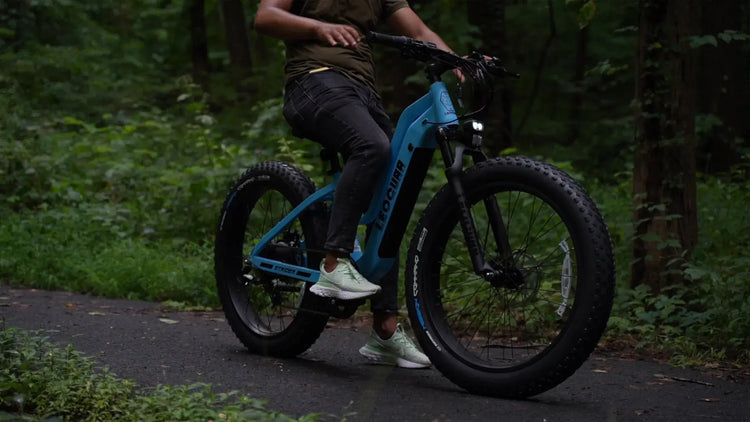
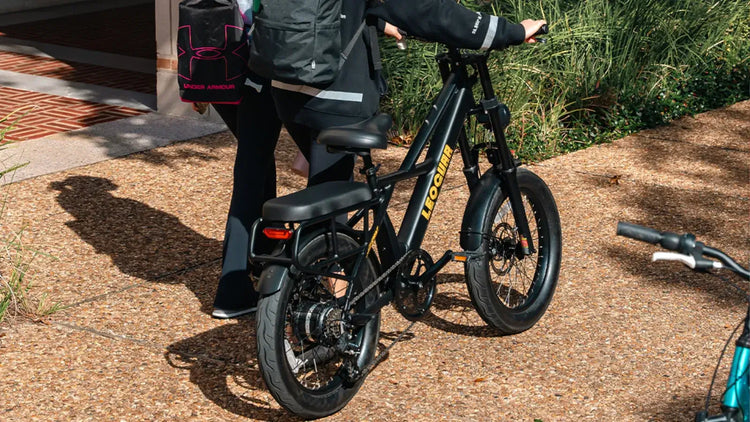
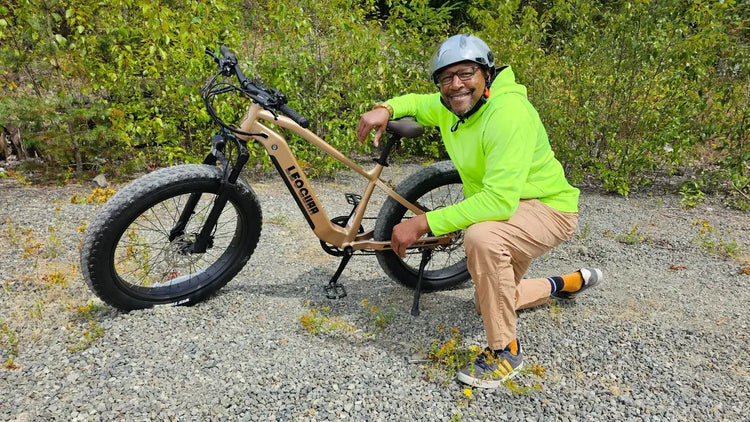


Leave a comment